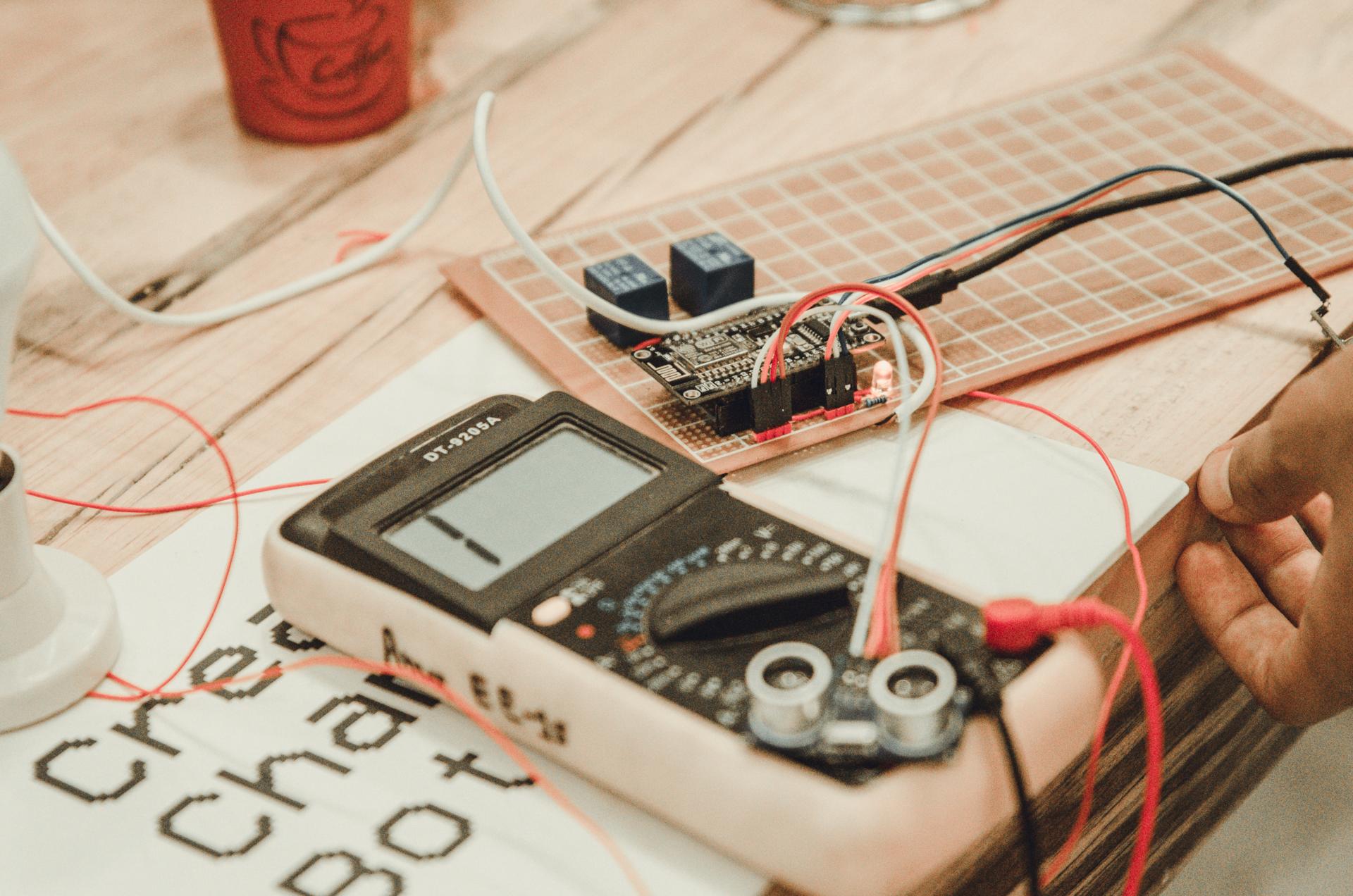House Electrical Security: A Guide to Performing an Electric Security Test

When it comes to home safety one of the most important areas to consider is the safety of electrical wiring. Electrical safety testing is the procedure of testing the electrical system within your home to be sure that it’s safe and current. In this article we’ll provide the basics of what electrical safety tests are, what tools you’ll require to conduct them, the best method to conduct the tests and what warning signs to be aware of.
What’s the definition of an Electrical Safety Test?
A safety test for electrical appliances is the process of inspecting the electrical system in your home to ensure that it is safe and working properly. The importance of electrical safety tests is as they help to prevent electrical accidents and fires, and ensure the longevity of your electrical system.
Equipment Required to conduct an electrical Safety Test
In order to conduct an electrical safety test you’ll need a few essential tools. These include an electrical voltage tester, a continuity tester, circuit tester, and the outlet tester. The voltage tester is used to check for live circuits, while the continuity tester checks for circuits that are damaged. The circuit tester is used to check for wiring faults, and outlets testers are used to check for wiring problems in the outlets. It’s important to use these devices correctly to get precise results.
How do you conduct an electrical Safety Test
To conduct an electric safety check inside your home Follow these steps:
Shut off the power supply on the circuit or circuits you’re testing.
Utilize your voltage tester to look whether there are live circuits.
Utilize the test for continuity to test the integrity of your circuit.
Utilize the circuit tester to check for wiring faults.
Utilize the tester for outlets to check for wiring problems within the outlets.
When testing, be sure to look for any signs of damage or wear on the wiring, such as damaged or frayed wires, burn marks and loose wires. If you spot any problems you need to fix the issues as soon as you can to avoid potential hazards.
Signs of Electrical Problems to Look Out for
There are several warning signs that could indicate electrical problems in your house. These include flickering lights, frequent circuit breaker tripping and crackling or buzzing sounds emanating from outlets, the appearance of outlets that are discolored or hot and a smell of burning. If you observe any of these warning indicators, you must get to work immediately to avoid any electrical dangers.
Conclusion
Tests for electrical safety are vital to ensure your safety and family. Through regular testing and addressing any issues promptly, you can avoid potential hazards to electrical equipment and extend the lifespan of your electrical system. If you need help with electrical testing and repairs do not hesitate to call Emergency Electrician Adelaide. Our knowledgeable team will provide you with expert guidance and assistance. Contact us via 0488 822 776 to schedule an appointment or to request a quote.
FAQ Section
How often should I conduct an electrical safety test at my home?
We recommend conducting safety tests for electrical equipment at least every year.
Do I have the ability to conduct an electrical safety test on my own or do I require a professional?
While you can perform an electrical safety test on your own however, it’s advised to employ an expert to guarantee accurate results and prevent potential hazards.
Are there any common electrical problems that can be found during an electrical safety test?
The most frequently-repeated electrical issues found during a safety test are malfunctioning wiring, overloaded circuits and outdated electrical systems.
What should I do if I encounter a problem during the electrical safety test?
If you discover a problem when you conduct the electrical safety check, it’s important to act immediately. This could include calling a professional electrician to address the issue or replacing the equipment that is malfunctioning.
